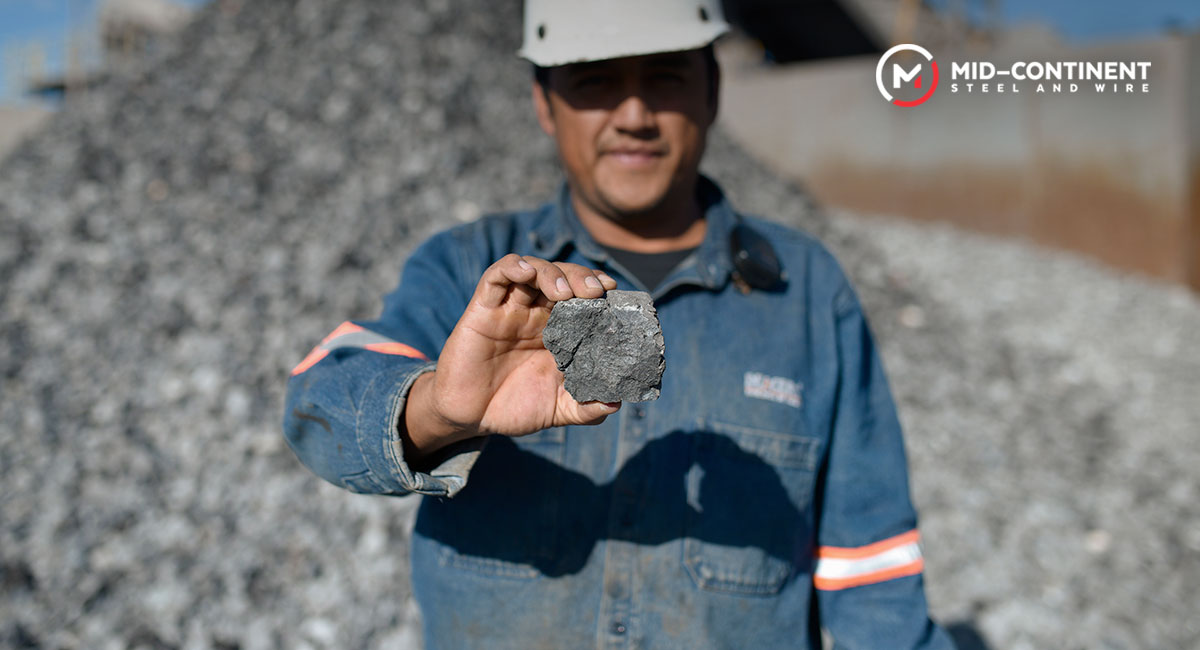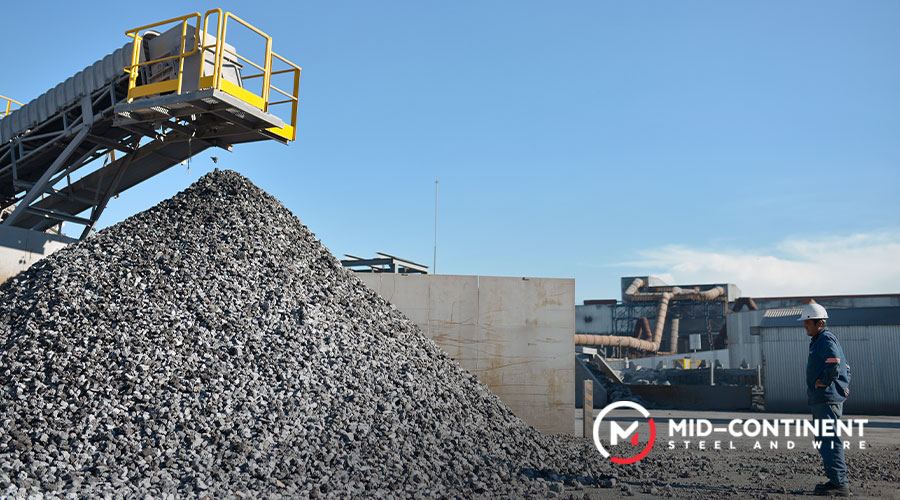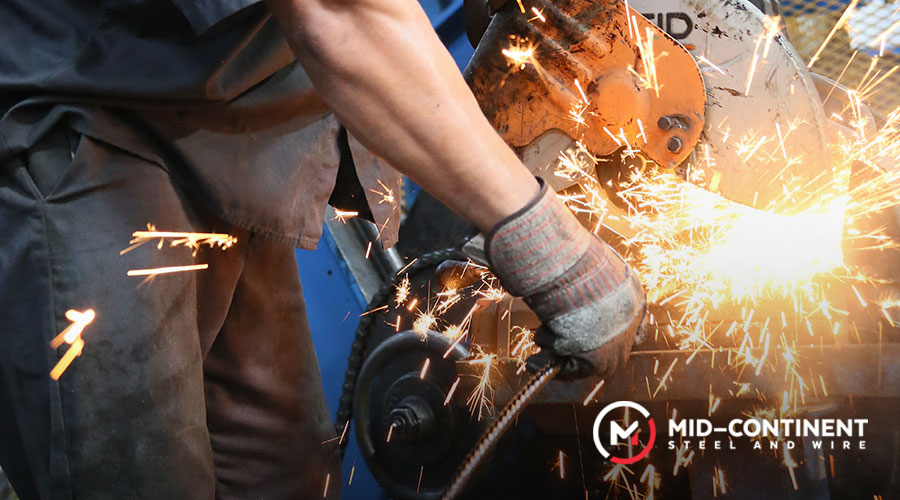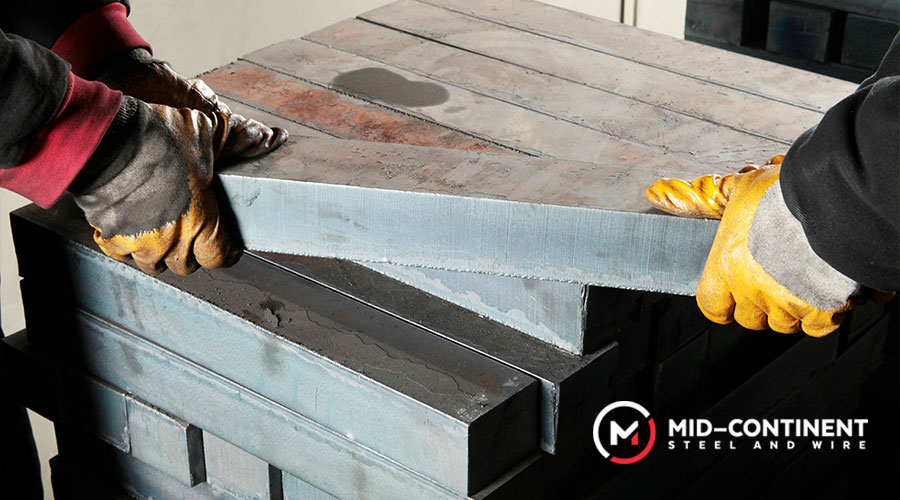
High-carbon steel is a strong, durable material that plays a crucial role in engineering and manufacturing. As a key type of carbon steel, its higher carbon content gives it exceptional hardness and wear resistance. This guide explores its core properties, common grades, and major applications.
It contains 0.60% to 1.70% carbon by weight, giving it significantly greater hardness and strength than lower-carbon steels. This is due to a higher volume of iron carbides formed during heat treatment. While it excels in hardness, high-carbon steel is less ductile and more brittle, making it harder to weld, cut, or form. Its performance depends heavily on proper heat treatment to balance hardness and toughness for specific uses.

Characteristics of high-carbon steel
The properties of high-carbon steel are a direct result of its chemical composition. The higher percentage of carbon fundamentally alters the iron’s crystal structure, leading to a material prized for its robustness in demanding environments.
High hardness
High-carbon steel is prized for its hardness, achieved through the formation of martensite during rapid cooling in heat treatment. This hard, brittle structure allows the steel to reach over 60 HRC on the Rockwell scale, making it highly resistant to wear and ideal for cutting tools that require long-lasting sharp edges.
High strength
High-carbon steel offers excellent tensile and yield strength due to its carbide-rich microstructure. However, this strength comes with brittleness. Heat treatment, especially tempering, helps reduce brittleness while preserving strength and hardness, tailoring the steel for specific applications.
Better toughness
Though naturally more brittle, high-carbon steel can achieve good toughness with proper heat treatment. Toughness—the ability to absorb energy without fracturing—is essential for impact tools and springs. Tempering reduces brittleness in quenched martensite, relieving internal stress and improving shock resistance.
Wear resistance
Wear resistance is a material’s ability to withstand abrasion and surface damage. High-carbon steel excels here thanks to its hardness and carbide-rich microstructure, which protects against friction and erosion. This makes it ideal for high-wear components like bearings, dies, and blades.

Types of high-carbon steel
High-carbon steels can be categorized based on their composition and intended use. Each type is tailored with specific alloying elements or processing methods to enhance certain characteristics.
Plain carbon steel
This basic type of high-carbon steel contains mainly iron and carbon, with minimal other elements. Grades like AISI 1060 and 1095 are known for their hardness and edge retention after simple heat treatment. While cost-effective, they are more prone to corrosion due to the lack of alloying elements.
Alloyed carbon steel
Alloyed high-carbon steels include elements like chromium and molybdenum to boost hardenability, toughness, and corrosion resistance. For example, AISI 52100, with around 1% carbon and 1.5% chromium, is a high-carbon bearing steel known for its excellent wear resistance and load-bearing strength.
Tool steel
Tool steels are alloyed high-carbon steels designed for tools, dies, and cutting applications. Elements like tungsten, vanadium, and molybdenum form hard carbides, giving these steels excellent heat and wear resistance for demanding tasks like cutting, stamping, and forming.
Spring steel
Spring steels have high yield strength, enabling them to flex under load and return to shape without permanent damage. While often medium-carbon, high-carbon grades provide maximum resilience and fatigue resistance, ideal for springs, washers, and saw blades after precise heat treatment.
Common forms of high-carbon steel
High-carbon steel is available in several forms, each resulting from a specific manufacturing process that influences its properties and suitability for different applications.
Hot-rolled steel
Hot-rolled high-carbon steel is made by rolling steel above its recrystallization temperature. This cost-effective process produces larger sections with a rougher surface and looser tolerances, suitable for applications where exact dimensions are less critical.
Cold-rolled steel
Cold-rolling steel below its recrystallization temperature increases strength and hardness through strain hardening. It also produces a smoother surface and tighter tolerances, making cold-rolled high-carbon steel ideal for precise, clean-finished products.
Tempered steel
Tempered steel is a final heat-treated state where quenched steel is reheated to reduce brittleness and improve toughness. Tempering temperature and time control the final properties, tailoring the steel for uses like flexible springs or durable blades.

Mid-Continent is here to help
High-carbon steel is valued for its exceptional hardness, strength, and wear resistance, thanks to its high carbon content. Mid-Continent Steel and Wire enhances these benefits by providing high-quality steel products with consistent properties, reliable supply, and expert support, helping manufacturers maximize performance in demanding applications.
Check out our catalog of products and see how we can add strength to any project.

